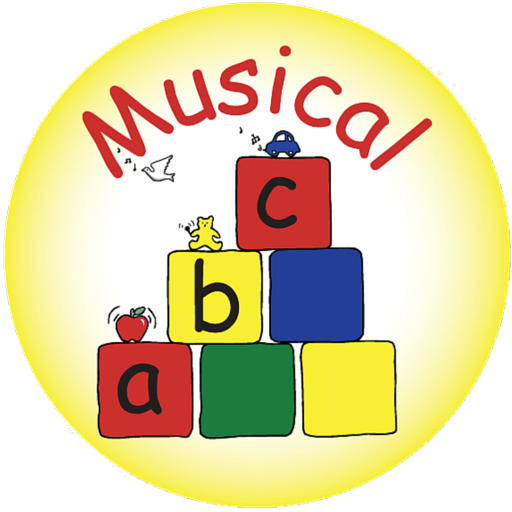Musical Opposites

When I get the instruments out with the children, I hear many of them shaking/banging/scraping as fast and/or hard as they can. Does this sound familiar? I find most children love playing as loud and fast as they can although there are a few who prefer to play quietly and maybe slowly.
We can use this to our advantage when exploring sound as we can encourage the children to explore opposites in music, two examples being dynamics (loud and quiet) and tempo (speed: fast/slow)
Dynamics (loud/quiet)
Using Instruments
When I am working with a group of children, from ~3 years up, one way I explore dynamics is to first let the children experiment on their own with their chosen instrument. During this time, I will see instruments being held in various positions, and played in a variety of ways e.g.: hard/soft, fast/slow… Then after a short exploration, I ask the children to stop. I do this by putting my hand up in front of me and saying loudly, not shouting, STOP!
We will then start to explore the opposites. First I will ask the children if they can play their instrument as loud as they can, then ask them to stop (using the hand signal along with saying stop). Then we will explore playing quietly. We will continue alternating between the two for a few minutes. During this game, the children enjoy playing quiet as much as loud. Being able to go from playing quiet to loud and keeping the speed the same is quite a difficult skill; you will hear many children speed up when they are asked to play loud. You can help by modelling playing at the same speed for both.
Using the Voice
I may then explore the same game, singing loud then quiet, in songs although encouraging the children to sing rather ‘shout’ singing. If they do this I always ask them to stop and then restart singing; shouty singing it is not good for their voices and it’s not a pleasant sound.
Tempo (speed: fast/slow)
Using Instruments and voice
Exploring Tempo is also great fun! With instruments, I approach it in a similar way to above with dynamic: playing fast being asked to stop, then playing slow... I also explore songs the children know well at different speeds; encouraging the children to keep a steady pulse at whatever speed we decide to explore.
Listening to recorded music
Recorded music is also a great way to explore tempo opposites: getting the children to move to fast music and then slow music. Or use a piece of music that has both slow and fast parts!
If you would like to find out more ways to explore the musical elements with the children in your early years setting, please take a look at my online training ‘Musical Elements’:
Click Here for more info about Musical Elements online training
Happy music making!

Categories
- Celebrations (8)
- Composing Music (1)
- Instruments (6)
- Listening to music (6)
- Live Music (1)
- Mathematics (3)
- Mathematics: Number (2)
- Mathematics: Shape, Space and Measure (1)
- Music Area (2)
- Musical Elements (1)
- Music Time (11)
- Nursery Rhymes (3)
- Outdoor Music (1)
- Performing (2)
- PDP (5)
- Props (10)
- Routines (2)
- Schemas (2)
- Seasons (5)
- Senses (1)
- Sensory (3)
- Singing (13)
- The Importance of Music in the Early Years (5)
- Topics and Themes (8)
- Top Tips (1)
- Vocal Play (1)
- Vlog (4)
- About Anne (1)

0 comments
Leave a comment